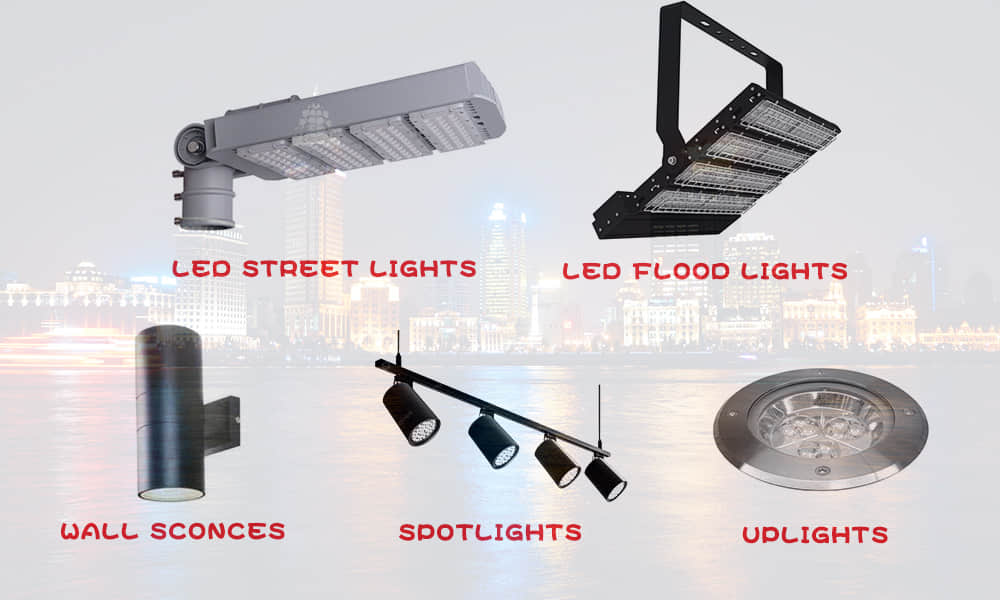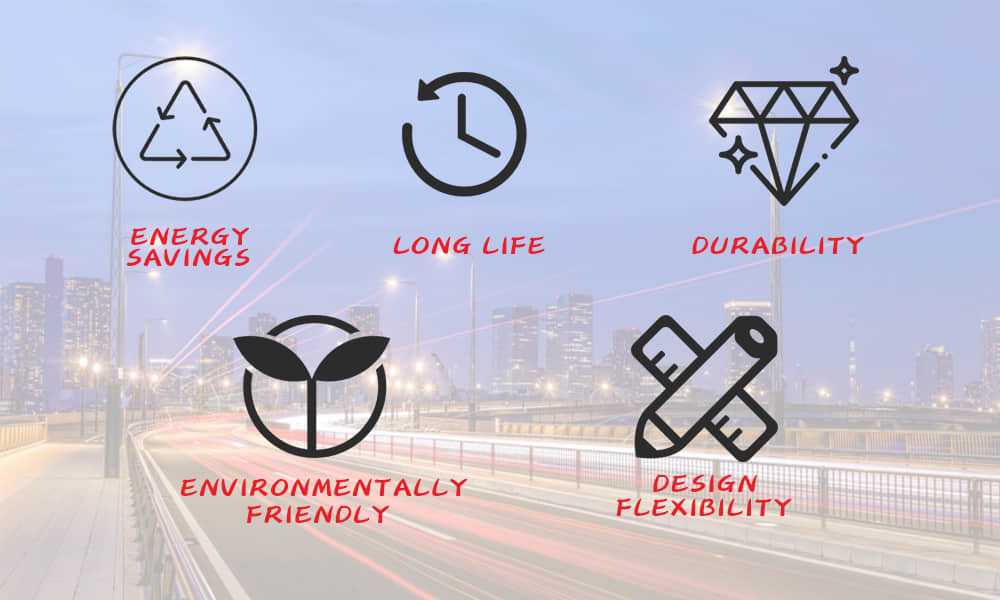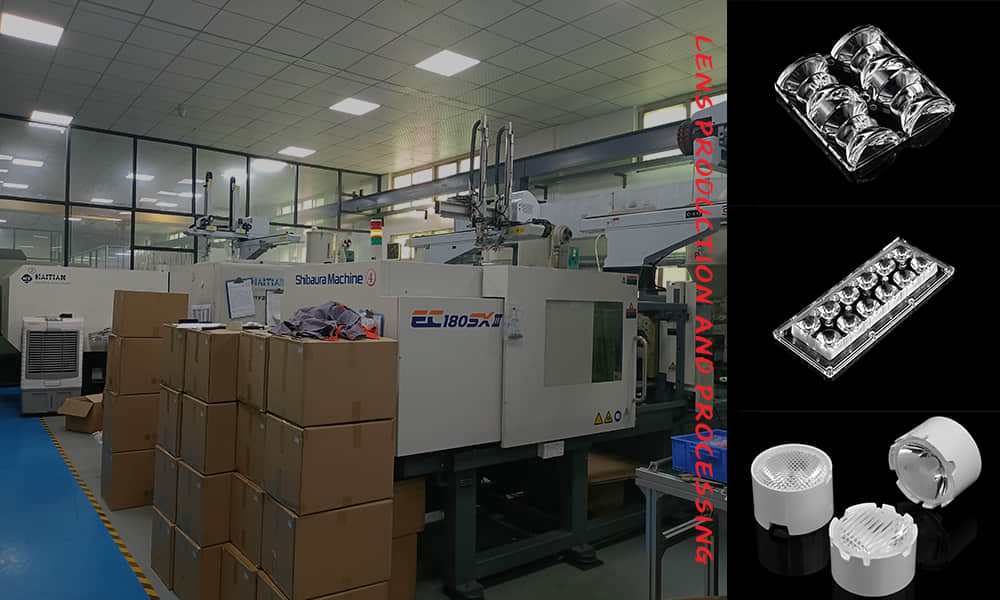Outdoor LED lighting fixtures are lamps (complete lighting units) designed for outdoor use that use light-emitting diodes (LEDs) as their light source. They are designed to withstand a wide range of weather conditions, such as rain, snow, dust, and extreme temperatures, while providing efficient, high-quality lighting for safety, security, and aesthetics.
Due to their superior energy efficiency, longer lifespan, and lower maintenance costs, they have largely replaced older technologies such as incandescent, halogen, and high-intensity discharge (HID) lamps (such as metal halide and high-pressure sodium).
Common Types of Outdoor LED Lighting Fixtures
LED Streetlights: Short, ground-mounted poles that project light downward in a circular pattern. They are designed to efficiently illuminate public roads, highways, and residential streets. They feature special optical designs that direct light onto the roadway and minimize "light interference" on adjacent properties. They typically feature a "cutoff" or "full-cutoff" design to reduce glare for drivers and pedestrians.
LED Floodlights: High-lumen-output lamps designed to illuminate large areas.
Wall sconces: Mount directly on a wall to provide focused or flooded lighting.
Spotlights: Project a narrow, focused beam to highlight statues, flags, or specific trees.
Uplights: Placed at the base of an object, they cast light upward onto a wall, tree trunk, or texture.

Key Characteristics for Selecting Outdoor LED Luminaires
IP (Ingress Protection): This indicates the degree of protection against solid objects and liquids. For outdoor luminaires, IP65 (dustproof and waterproof) or IP66 (resistant to powerful water jets) is typically required. For underwater luminaires (such as in swimming pools), IP68 is required.
IK (Impact Protection): This measures a luminaire's resistance to physical impact. For areas subject to vandalism or accidental impact, an IK08 or higher rating is recommended.
Color Temperature (CCT): Measured in Kelvin (K), this describes the "warmth" or "coolness" of light.
CRI (Color Rendering Index): This measures how accurately light renders the true colors of objects. A CRI of 80+ is suitable for general use; 90+ is ideal for highlighting landscaping and architectural details.
Durability and Heat Dissipation: High-quality luminaires feature a sturdy construction (typically made of die-cast aluminum) and an effective heat sink to control the temperature of the LEDs, which is crucial for a long luminaire lifespan.
Advantages of Outdoor LED Lighting
Energy Savings: Compared to traditional lighting, LED fixtures consume significantly less electricity (typically 50-80%) to produce the same amount of light.
Long Life: LED fixtures are typically rated for 50,000 hours or more, meaning they can last for years before needing replacement.
Durability: Solid-state technology makes them extremely resistant to shock, vibration, and external impact.
Environmentally Friendly: They contain no mercury (unlike some HID lamps) and are fully recyclable.
Design Flexibility: Available in a wide variety of styles, colors, and beam patterns to suit any architectural or landscape design.
In short, outdoor LED lighting fixtures are versatile, efficient, and durable, meeting virtually any exterior lighting need, from enhancing a home's appeal to ensuring public safety on city streets.

The Role of Optical Lenses in Outdoor Luminaires
The LED is the heart of the luminaire, and the LED lens determines how the light is shaped and transmitted. Precision optical lenses ensure uniform light distribution, reduce glare, and maximize efficiency by directing light where it's needed most. Without optimized lens design, even high-performance LEDs can result in uneven illumination, wasted energy, or visual discomfort.
Advanced LED lighting design supports applications such as street lighting, floodlighting, and architectural projects.
Asahi lenses offer customized beam angles and optical patterns, enabling lighting manufacturers to tailor luminaires to specific environments—whether ensuring road safety, enhancing building facades, or improving visibility in urban landscapes. This makes optical lenses more than just accessories; they are an essential component of modern outdoor lighting systems.

Asahi lenses offer customized beam angles and optical patterns, enabling lighting manufacturers to tailor luminaires to specific environments—whether ensuring road safety, enhancing building facades, or improving visibility in urban landscapes. This makes optical lenses more than just accessories; they are an essential component of modern outdoor lighting systems.
